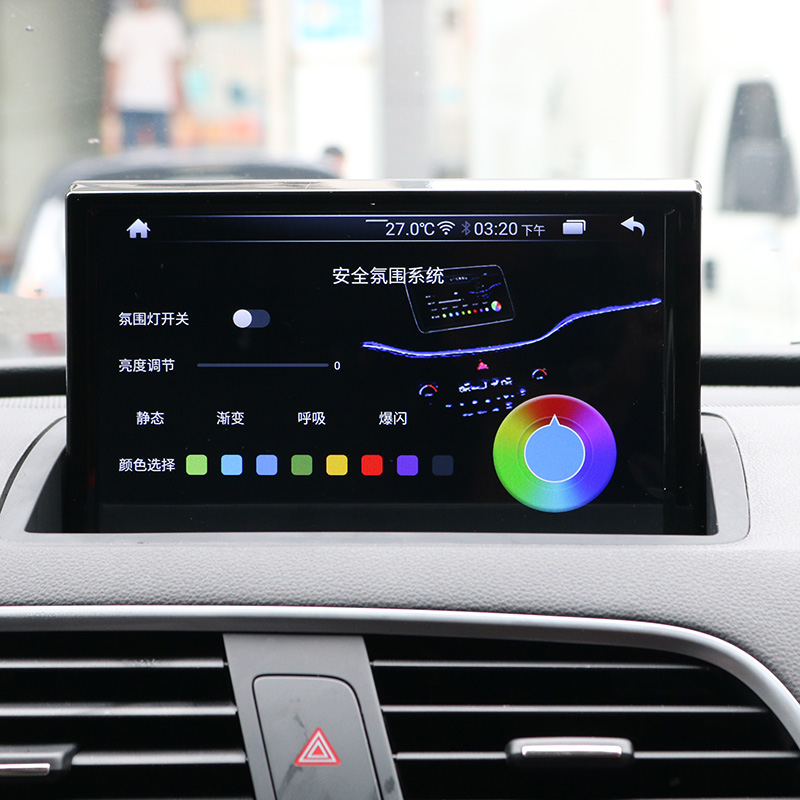Android Auto is a popular feature in many modern cars, but if your car doesn’t support this OS, you can add it using an old Android tablet you probably already have. Don’t confuse Android Auto with Android Automotive, an operating system designed to run directly on a car’s hardware.
While the list of vehicles running Android Automotive is fairly short, the number of vehicles that support Android Auto (via Google) is much larger. The latest product allows you to connect your phone to your car’s infotainment system and control apps such as maps and music using a touch screen, which in most cases is built into the car’s head unit.
However, since most of the processing happens on the connected phone, Android Auto works with even the most basic hardware, including Android tablets, which can be bought for much less than a full console. Combined with the dedicated Headunit Reloaded Emulator app, the tablet can be turned into an Android Auto solution that can even be used in older vehicles.
First, you’ll need an Android phone as a host device and a larger Android tablet to display the Android Auto interface, although you can use an older Android phone. You can also set up a DIY solution to work with your car’s existing stereo system to take full advantage of your car’s speakers. There are many third-party mounting solutions, such as suction cup tablet mounts that attach to your car’s dashboard.
However, you need to download and install the Headunit Reloaded Emulator app before installing the tablet in your vehicle. This is a paid app and can be purchased from the Google Play Store for $4.99 or downloaded from the developer’s website and transferred to your tablet using an SD card or USB drive. If you want to try the app before buying it, you can get a trial version for free. However, each session is limited to 10 minutes, after which you will need to re-establish the connection.
After downloading and installing the Headunit Reloaded Emulator app on your Android tablet, you will see this interface:
There are two ways to establish a connection between your phone and tablet: wired and wireless. We will first look at the wired method with the following steps:
Now you can use Android Auto on your tablet, making it easy to view navigation maps and control music while driving. If for some reason you can’t connect to Android Auto, disconnect your phone and then reconnect. On an Android tablet, close the Headunit Reloaded Emulator app and then open it again.
If you want to avoid problems connecting your phone to your tablet, you can choose to connect wirelessly to Android Auto. This is a great alternative to using a USB cable, but make sure your phone is charged or connected to a charger as the battery drains faster than usual.
If you follow each step carefully, pressing “Wireless” will activate Android Auto on your Android tablet, even if the phone is not connected with a USB cable.
As the name suggests, the Headunit Reloaded emulator reproduces all the features of head units that natively support Android Auto. By default, the interface loads the default navigation app (Google Maps in most cases) and a media player. You can click the round icon in the top left corner of the Android Auto interface to open a list of Android Auto enabled apps on your phone. In addition to navigation and media, you can also use Google Assistant, view notifications from the Messages app, or read them out loud to Google Assistant.
Meanwhile, you can change many settings for a better experience. For starters, from the main screen of the Headunit Reloaded Emulator app, you can go to the “Settings” menu, then to “Graphics Settings” where you can change the output resolution. While most new and shiny devices will be able to run at the highest supported screen resolution, if you have an older or less powerful smartphone, you can lower the resolution to eliminate any lag. You can also change the pixel density to suit your screen for the best viewing experience.
If you’re from a right-hand drive country, such as the UK, Australia, Japan, or India, you can also change the orientation of the Android Auto interface so that the map is closer to the driver’s side, facing the passenger. side when the media controls are set. You can also customize the display margins, hide the Android notification shade, and customize how the software switches between day (light) and night (dark) modes.
If your vehicle has dedicated stereo controls on the dashboard or steering wheel, you can also set up custom commands in the Headunit Reloaded Emulator app using the Custom Input menu in Touch & Input settings. Please be aware that this feature requires the app to be used on a supported head unit connected to the vehicle’s system. According to the developer’s website, the app works with Android consoles from brands such as Joying, Xtrons, and Eonon (via B3IT).
Post time: Apr-21-2023
